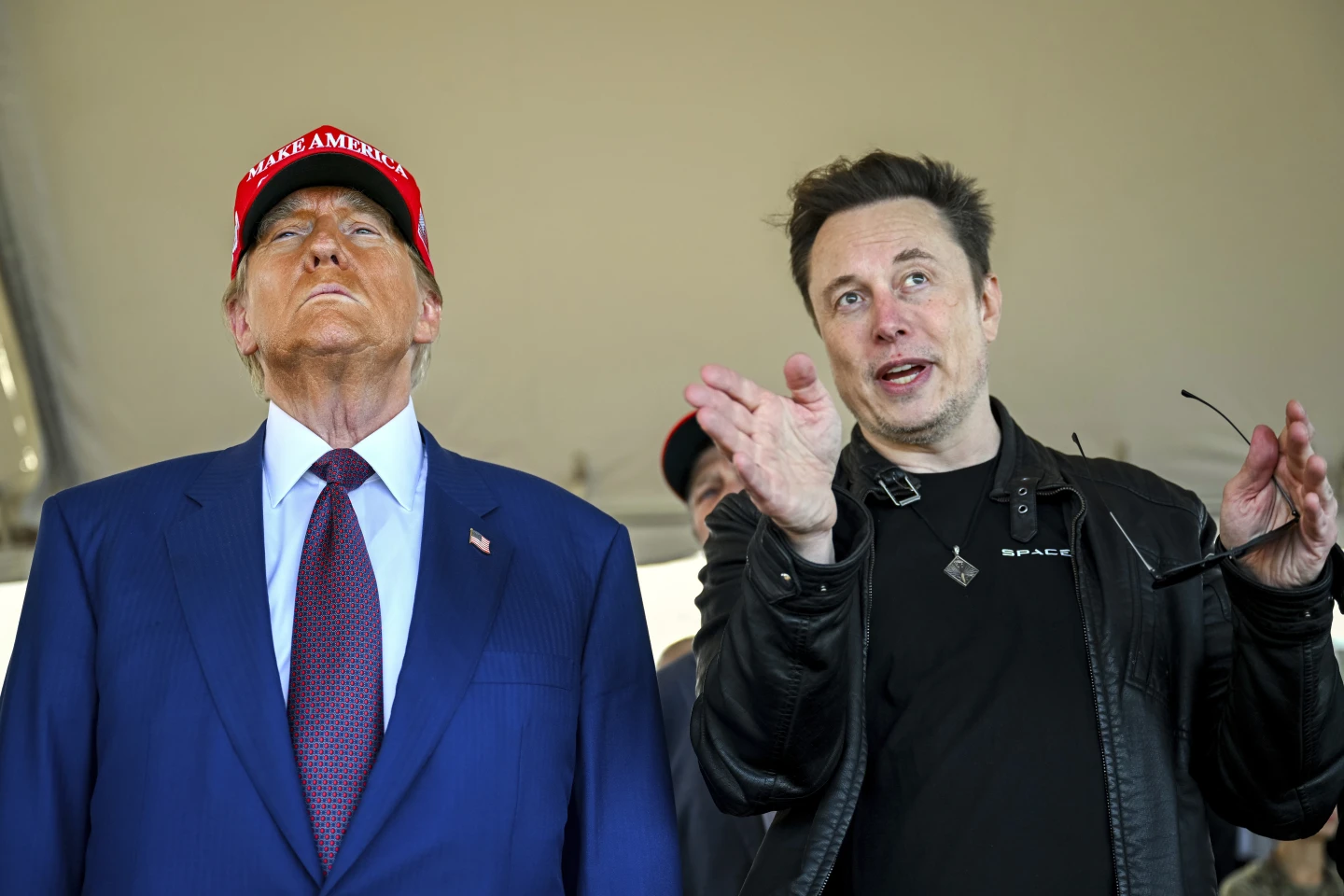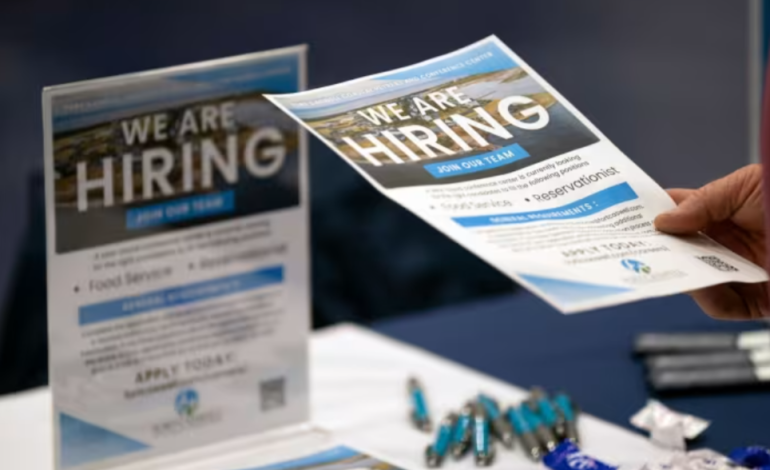The number of Americans applying for unemployment benefits rose modestly last week, signaling continued stability in the US labor market despite high interest rates and slower hiring.
According to the Labor Department, initial jobless claims increased by 6,000 to 225,000 for the week ending September 28. This slight uptick, though higher than the forecast of 220,000, still reflects a relatively low level of layoffs.
The US economy is currently experiencing a “low-hiring, low-firing” environment, in which companies are neither aggressively hiring nor resorting to large-scale layoffs. Instead, many businesses are choosing to leave positions unfilled when employees retire, switch jobs, or leave for other reasons. This approach has helped keep the unemployment rate steady, even as job creation slows.
The four-week moving average of jobless claims, which smooths out fluctuations, decreased by 750 to 224,250, underscoring the minimal volatility in the labor market. Meanwhile, the total number of Americans continuing to receive unemployment benefits, or “continued claims,” dropped slightly to 1.83 million for the week of September 21.
The recent jobless claims data points to a cooling labor market, a trend that aligns with a broader economic slowdown as the Federal Reserve’s high interest rates impact business activity. US employers added 142,000 jobs in August, a modest improvement from July’s 89,000, but well below the average of 218,000 jobs created monthly during the first half of 2024. Economists are now awaiting Friday’s jobs report for September, which is expected to show payroll growth of around 150,000.
While jobless claims have edged higher compared to earlier in the year, they remain well below recessionary levels. Following the sharp increase in claims during the COVID-19 pandemic, both initial and continued claims have returned to pre-pandemic levels, reflecting the resilience of the labor market.
In response to signs of economic cooling and lower inflation, the Federal Reserve cut its benchmark interest rate by half a percentage point last month, marking its first rate cut in four years. This move signals a shift in the Fed’s focus from controlling inflation to supporting the labor market. With inflation nearing the Fed’s 2% target, Chair Jerome Powell recently noted that the central bank’s efforts to rein in inflation are largely under control.
Economists expect that lower borrowing costs could help boost hiring again in 2024. However, the labor market still faces challenges, including disruptions from external factors such as the ongoing East Coast port strike and the aftermath of Hurricane Helene, which could impact upcoming labor data.
With input from Market Watch, ABC News, and the Wall Street Journal.









